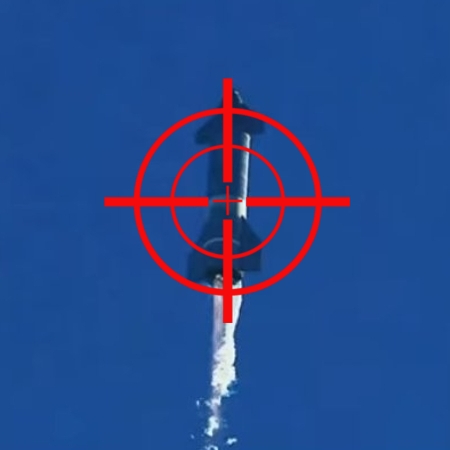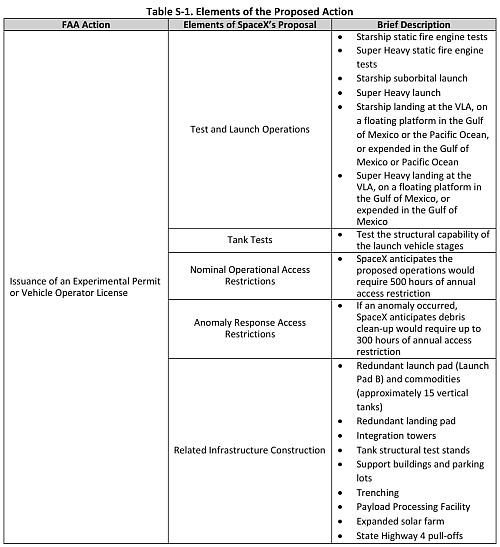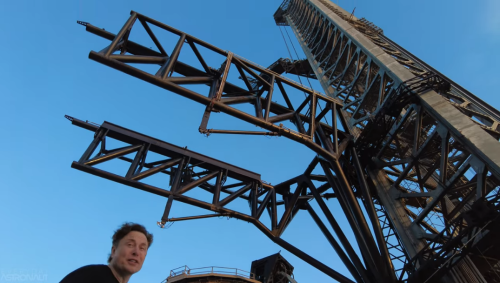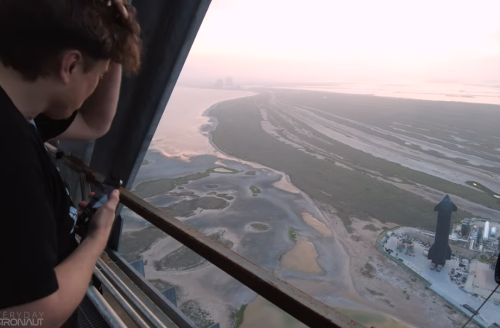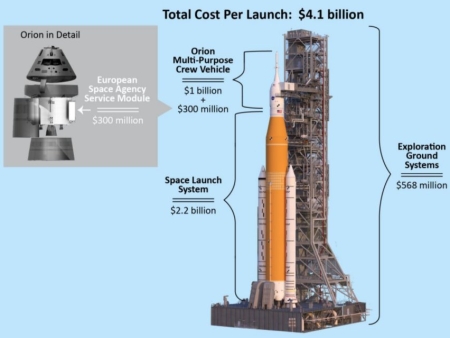Update on status of first orbital Starship/Superheavy
Link here. The main focus of the article is the state of Superheavy prototype #7, which experienced an explosion and some damage during testing earlier this month.
The day after the anomaly, Elon indicated on Twitter that Booster 7 would roll back to the production site to work on repairs to the vehicle and assess the next steps. Rollback occurred on July 14, and in the following days, it’s been observed that several Raptor engines have been taken off from the vehicle, likely for further inspection and testing at SpaceX’s McGregor test facility a few hours drive up north from Starbase.
As of writing, repairs are continuing on Booster 7, and it will likely still be undergoing repairs for the next week or two. So while an early retirement for the vehicle could be expected, the current target by teams is still an orbital flight by Booster 7 and Ship 24 with a notional target date of late August for the flight.
If SpaceX decides to retire #7, it already is prepping #8 and #9, with #8 likely to be put on the launchpad for testing in the next week.
The target date for that first orbital launch is still in August, but that schedule appears increasingly unlikely.
Link here. The main focus of the article is the state of Superheavy prototype #7, which experienced an explosion and some damage during testing earlier this month.
The day after the anomaly, Elon indicated on Twitter that Booster 7 would roll back to the production site to work on repairs to the vehicle and assess the next steps. Rollback occurred on July 14, and in the following days, it’s been observed that several Raptor engines have been taken off from the vehicle, likely for further inspection and testing at SpaceX’s McGregor test facility a few hours drive up north from Starbase.
As of writing, repairs are continuing on Booster 7, and it will likely still be undergoing repairs for the next week or two. So while an early retirement for the vehicle could be expected, the current target by teams is still an orbital flight by Booster 7 and Ship 24 with a notional target date of late August for the flight.
If SpaceX decides to retire #7, it already is prepping #8 and #9, with #8 likely to be put on the launchpad for testing in the next week.
The target date for that first orbital launch is still in August, but that schedule appears increasingly unlikely.

